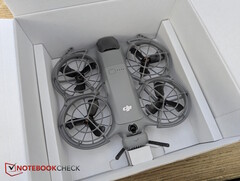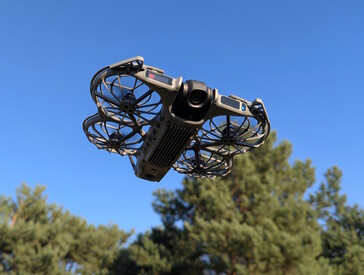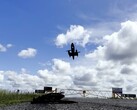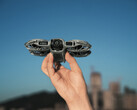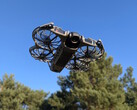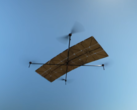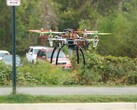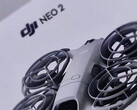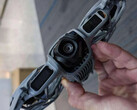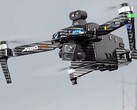Our review of the DJI Neo 2 was published shortly after the official market launch date on November 13, 2025, as we were given the opportunity to review the handy DJI drone in advance and form our own impressions. And, of course, this also includes the differences compared to the DJI Neo 1, which we also reviewed at the time.
Various readers may ask themselves whether an upgrade is worthwhile and what the differences are. The main difference mentioned is the new obstacle detection system, including LiDAR. However, there seem to be differing opinions as to whether the image quality has changed and, if so, to what extent.
And indeed, we predicted in our review that image quality would be the biggest topic of discussion. This is mainly because the sensor size has remained virtually unchanged, as the Neo 2 supposedly uses the same image sensor. Nevertheless, we can attest to the drone's noticeably better image quality compared to the Neo 1, primarily due to the following factors:
- Although the sensor size remains the same, DJI now extracts more out of the sensor, as the frame rate increases from 30 to 60 fps in 4K, and up to 100 fps is even possible in slow-motion mode. Image processing has been completely revamped.
However, the more decisive factor is the significantly improved stabilization: Instead of just one axis, the camera gimbal is now stabilized across two axes, and the smoother image also ensures noticeably better quality thanks to fewer motion artifacts, etc.
Incidentally, the bit rate has also increased, albeit only slightly, from 75 to 80 Mb/s. - In addition to improvements in stabilization, frame rate and obstacle detection, there are other minor improvements. Voice and gesture control mean that, in theory, you no longer need your smartphone or remote control to control the drone, making it even more flexible. Furthermore, the horizontal flight speed has increased from 8 to a maximum of 12 m/s. An important aspect for creative minds is that the gimbal can now rotate 90 degrees and record videos in portrait format at up to 2.7k.
Verdict
Yes, we think the Neo 2 is definitely a worthy upgrade over the Neo 1. The sheer number of improvements is impressive. While it's a shame the sensor remains the same size, there are still significant image improvements here, primarily due to the better stabilization, the slightly increased bitrate and the revised image processing. Add to that the excellent obstacle detection and the many other minor upgrades. In any case, we reach a much more positive verdict than with the DJI Neo 1.




